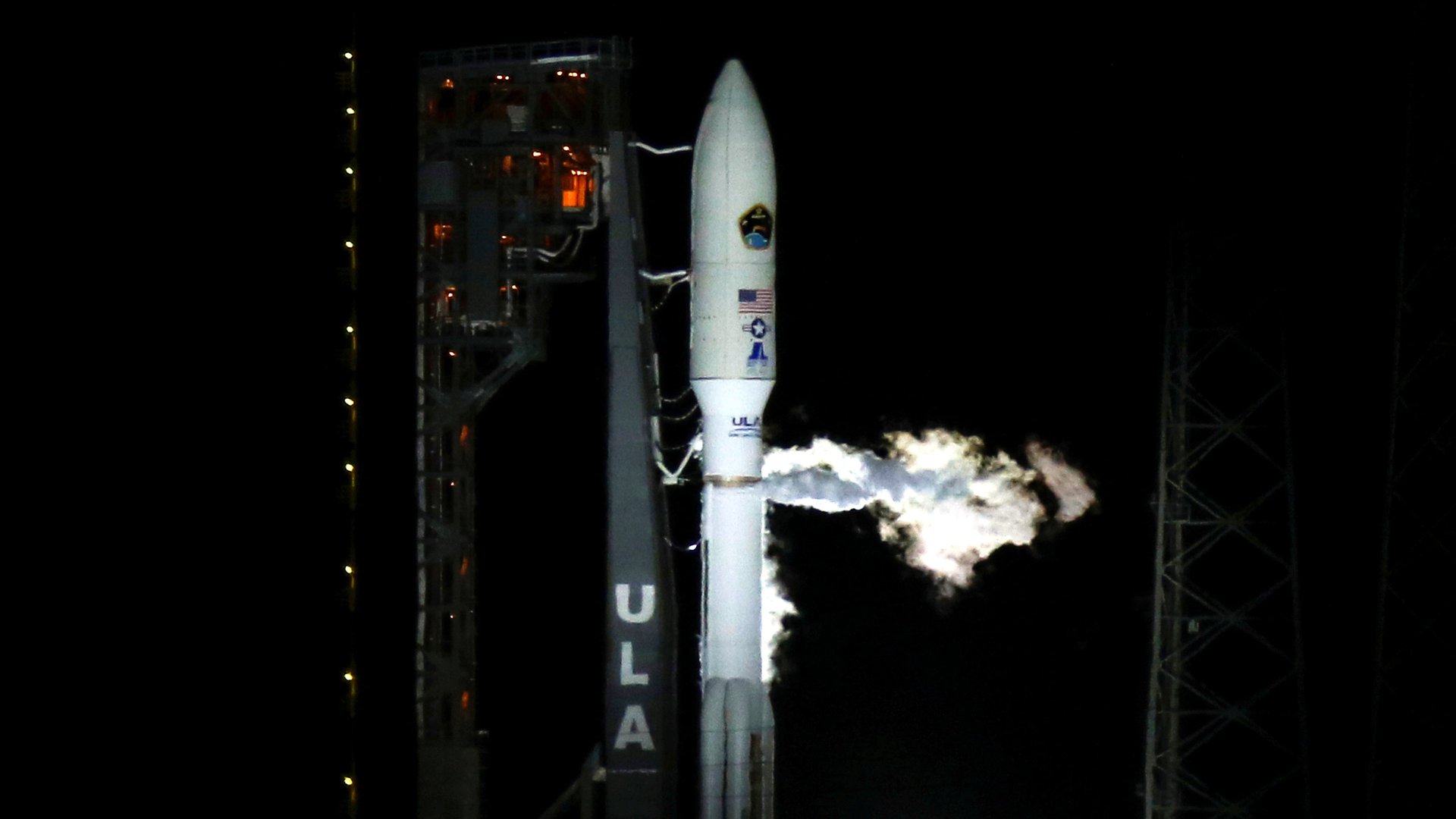The latest US military satellite launch is a Space Force preview
A massive military communications satellite that promises jam-proof communications for US war fighters was flown into space from Florida this morning on a rocket built by United Launch Alliance (ULA), a joint venture of Lockheed Martin and Boeing.


A massive military communications satellite that promises jam-proof communications for US war fighters was flown into space from Florida this morning on a rocket built by United Launch Alliance (ULA), a joint venture of Lockheed Martin and Boeing.
The mission, just the first flight of an Atlas V rocket in 2019, had been delayed by nearly two months after a battery needed replacement and another component malfunctioned. Here’s what we learned:
Atlas V might be ready for astronauts
NASA’s plan to fly astronauts on privately built spacecraft is long overdue. Boeing is building a spacecraft called Starliner that will be carried into space on the rocket we saw fly today. During a 2018 launch of the same vehicle design, one of the rocket’s Russian-made engines stopped responding to guidance commands, which prompted a flurry of investigations that ULA says have been resolved. The more recent problem with a still-mysterious component in the rocket also had outsiders wondering about the status of the launcher, and that it hadn’t flown since October wasn’t reassuring. The next expected mission for this vehicle will be a dress rehearsal that sends an uncrewed Starliner to the International Space Station.
Space Force preview
Launching a 6.8-ton computer into orbit might not be as glamorous as visions of star-fighters, but it will be the nuts-and-bolts work of president Donald Trump’s proposed Space Force, once lawmakers in Congress set its parameters. This Advanced Extremely High Frequency satellite will help special operators stay in touch with the Pentagon, and bolster the US nuclear deterrent by allowing the US military chain of command to stay in touch, no matter where the president or his generals are in the world. While the launch this morning was a marvel of precision engineering, it’s also worth remembering the satellite had to get to the launchpad from California on the US Air Force’s largest plane.
Who will launch the next military satellites?
ULA has been launching satellites for the military since 2006, but things are different today. SpaceX came along and broke ULA’s government-approved monopoly with its Falcon 9 rocket. This rocket, the Atlas V, is likely to be retired in a few years. Now, four firms are fighting to be among the two rocket makers selected to fly the next generation of military satellites: ULA, SpaceX, Jeff Bezos’ Blue Origin, and Northrop Grumman. The US Air Force’s decision will deliver billions of dollars to the winning firms, and shape the future of the US space industry.